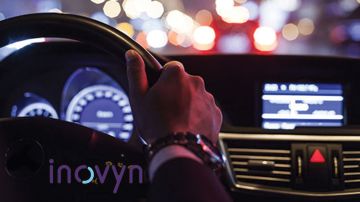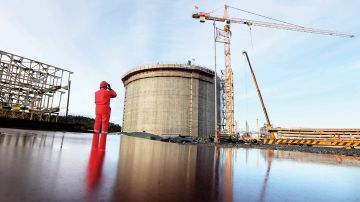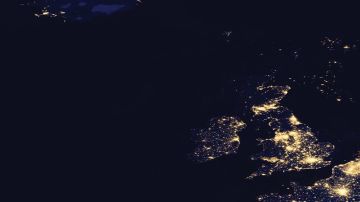IT’S hard to come down to earth when you have stood on the roof of the world.
One who knows that from experience is Rhys Jones who conquered Mount Everest, the world’s highest mountain, on his 20th birthday.
He had dreamed of that moment for eight years after listening to a talk as a 12-year-old Scout. In a sense, his work was now done and he had no desire to climb it again.
“Once was enough for many reasons,” he said. “But in many ways I guess I never really came down. I can relive any part of the climb any time I close my eyes. It’s something I will never forget.”
A few years ago, Rhys, who now runs his own luxury expedition company with his wife Laura, was asked to lead an expedition into the ‘death zone’ and on to the summit of Mount Everest.
“I said ‘no’ because I couldn’t put a price on that experience,” he said. “You really have to want it to endure the hardship and danger, and I’m not sure that a pay cheque would drive me enough for that.”
It was, however, a ‘pay cheque’ that got him there in 2006.
“I don’t know what made me approach INEOS all those years ago for funding,” he said. “It was just chance research. But I had spread the net far and wide writing to sponsors, including Stannah Stairlifts which gave me £100.”
He was on the verge of giving up when INEOS chairman Jim Ratcliffe agreed to meet the then 19-year-old. After an hour-long meeting Rhys walked out of the door with the money he needed to complete the expedition in his pocket – and an INEOS flag to plant on the summit.
“I would not have been able to do it without INEOS’ help,” he said. “It was all the money I needed but it also meant much more to me. It was a huge boost to my confidence that Jim believed in me and it’s what pushed me to keep going on the mountain. I vividly remember taking the final steps to the summit a few months later, and having an overriding thought that I’d promised Jim a photograph of the INEOS flag on the top.”
Rhys returned to the UK with a confidence and dogged determination. But he sensed something was missing.
“It had been a target for so long that I missed having that goal to strive for,” he said.
He started giving regular talks at dinners and events and working with schools.
“I felt it was important to explain to children that I was very average when I set myself these goals,” he said. “I wasn’t a high flier. I was one of the 80% of students who turn up, do the minimum work to avoid trouble, and go home again. I was very anonymous, and couldn’t wait for the weekends when I could go climbing. But I was able to make things happen because I had the right approach.”
He recalled how surprised his teachers were when he climbed Denali, the highest peak in North America, 12 months after sitting his GCSEs.
“In one of my old school reports I had been advised to work on my fitness so that I could enjoy my PE lessons more,” he said. “No wonder they were surprised.”
He also led expeditions for travel companies and charities.
“It was fun but I always felt like I was short changing myself by working for a middle man,” he said.
So he quit and set up his first company RJ7 Expeditions from an office in Dubai in the Middle East.
He is now back in the UK and heading up new venture Monix Adventures, which specialises in guiding people to some of the most difficultto- reach places on earth.
And for those seeking such thrills, his experience is invaluable.
“I’ve had some low ebbs on expeditions,” he said. “I fell into a crevasse in Greenland and broke my arm. But we all face challenges in our lives. When things are tough, I remind myself that nothing last forever, no matter how steep, how complicated, or how difficult it appears.”
As for the INEOS flag, which he unravelled during the five minutes he spent on the 29,035ft summit on May 17 2006, he hopes that it’s in an INEOS office somewhere in the world.
“Who knows, seeing that may inspire someone else to follow in my footsteps,” he said.
















